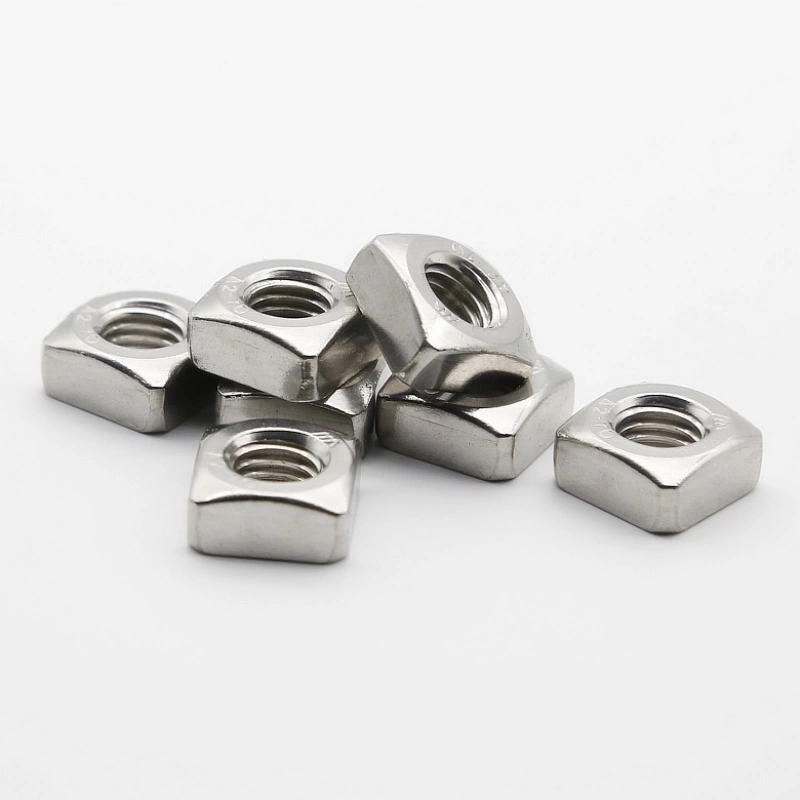

Heavy Duty Flange T-Nuts for Reliable Fastening Solutions in Various Applications
Oct . 02, 2024 06:45 Back to list
Heavy Duty Flange T-Nuts for Reliable Fastening Solutions in Various Applications
Understanding Large Flange T-Nuts Their Importance and Applications
Large flange T-nuts are critical components in the world of manufacturing and construction, frequently used in various applications where a strong and secure fastening solution is required. These specially designed nuts feature a horizontal flange with a threaded or unthreaded stem, allowing them to be securely anchored into materials such as wood, metal, or plastic. The wide flange distributes the load over a larger surface area, which helps to prevent pull-through and provides enhanced stability, making them an ideal choice for applications with high torque requirements.
Design and Features
The design of large flange T-nuts is straightforward yet effective. The flange itself acts as a support that resists upward forces, while the threaded shaft allows for easy integration with standard bolts and screws. These nuts are often made from robust materials like steel or brass, ensuring they can withstand heavy loads and demanding conditions. The large flange also makes installation easier, as it provides a more substantial surface for tightening, reducing the risk of damage to the adjoining material.
Applications
Large flange T-nuts are utilized in a variety of industries, primarily in furniture manufacturing, equipment assembly, and carpentry. In furniture design, they are essential for creating sturdy connections between different pieces, providing both strength and aesthetic appeal. For instance, they are commonly used in assembling tables, cabinets, and shelving units where a dependable joint is required.
large flange t nuts

In the construction sector, large flange T-nuts are employed for attaching fixtures to wooden beams and panels, offering a reliable fastening solution that can be easily disassembled if necessary. This feature is particularly useful in modular construction, where components frequently need to be reconfigured or upgraded.
Additionally, in the realm of prototyping and machinery, large flange T-nuts provide an essential means of securing components in place. Craftsmen and engineers frequently rely on these nuts to ensure that parts maintain their positions under operational stresses.
Advantages
One of the significant advantages of using large flange T-nuts is their ability to create flush joints. This not only enhances the overall appearance of the product but also eliminates the risk of snagging or catching on clothing or other objects. Furthermore, their design allows for effective load distribution, reducing the likelihood of structural failure over time.
Conclusion
In conclusion, large flange T-nuts are invaluable in various applications due to their robust design and functional benefits. Whether in furniture making, construction, or machinery assembly, these nuts provide the reliability and strength needed for high-performance fastening solutions. Understanding their features and applications can significantly enhance the quality and durability of final products, making them a worthwhile consideration in design and engineering processes.
Latest news
-
Hot Dip Galvanized Bolts-About LongZe|High Strength, Corrosion Resistance
NewsJul.30,2025
-
High-Strength Hot Dip Galvanized Bolts - Hebei Longze | Corrosion Resistance, Customization
NewsJul.30,2025
-
Hot Dip Galvanized Bolts-Hebei Longze|Corrosion Resistance&High Strength
NewsJul.30,2025
-
High-Strength Hot-Dip Galvanized Bolts-Hebei Longze|Corrosion Resistance&High Strength
NewsJul.30,2025
-
Hot Dip Galvanized Bolts-Hebei Longze|Corrosion Resistance&High Strength
NewsJul.30,2025
-
Hot Dip Galvanized Bolts - Hebei Longze | Corrosion Resistance, High Strength
NewsJul.30,2025

